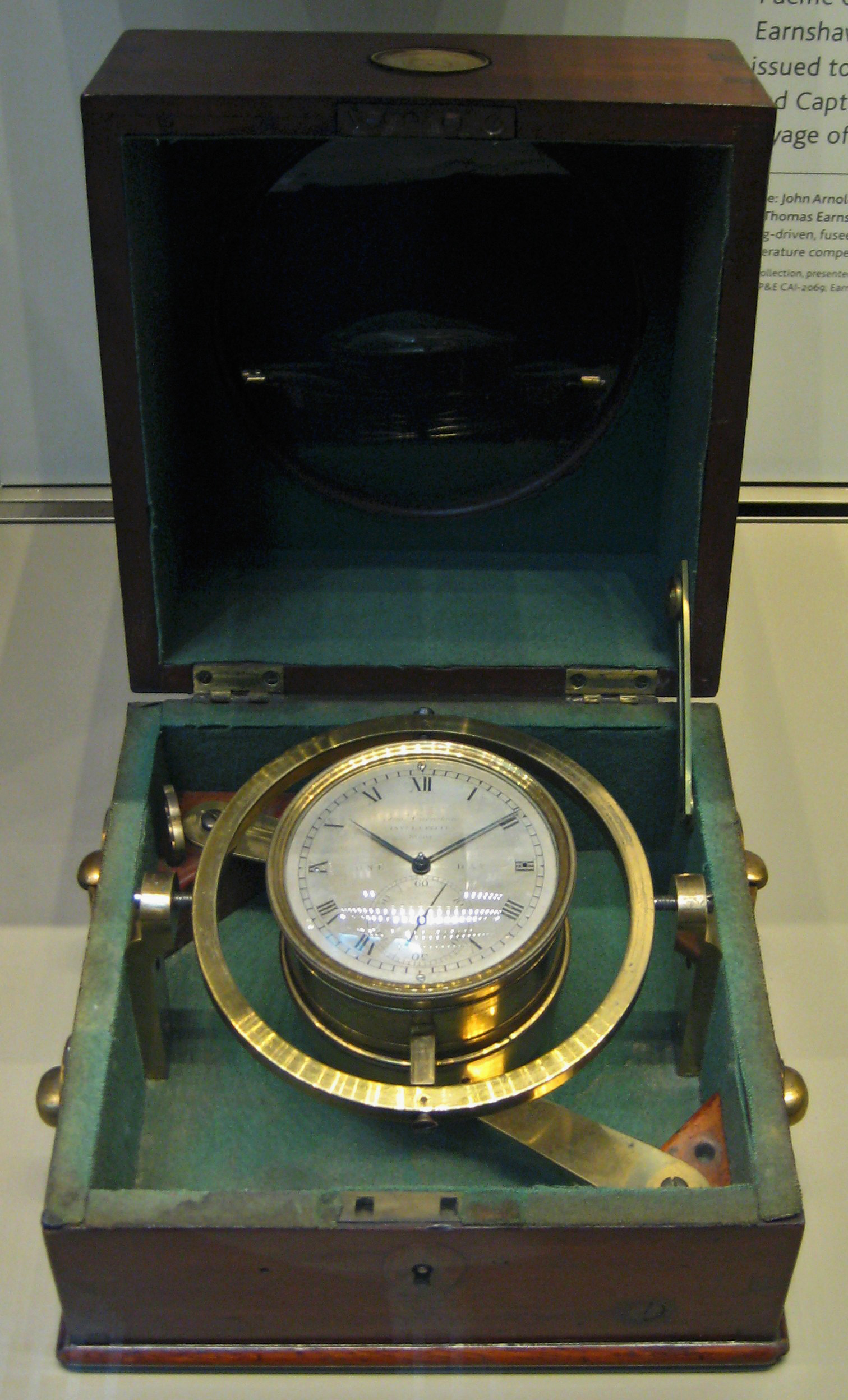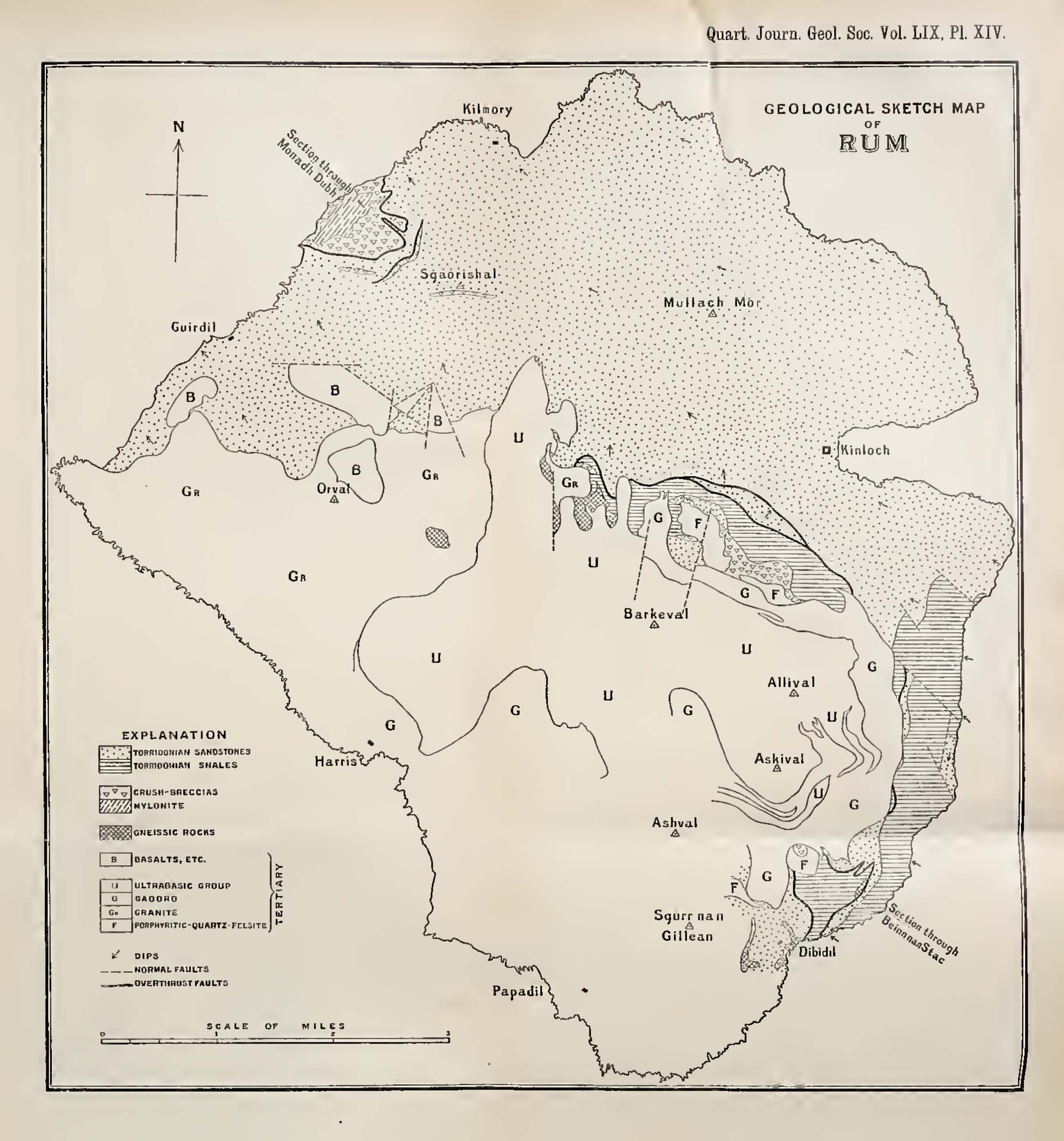|
Woodwardian Museum
The Sedgwick Museum of Earth Sciences, is the geology museum of the University of Cambridge. It is part of the Department of Earth Sciences and is located on the university's Downing Site in Downing Street, central Cambridge, England. The Sedgwick Museum is the oldest of the eight museums which make up the University of Cambridge Museums consortium. History Construction and opening Dr John Woodward collected and catalogued over 35 years nearly 10,000 specimens in five walnut cabinets, two of which he bequeathed to the university in his will. The university later purchased another two, and the fifth was added in the 1840s. The cabinets are still in use today. He also left funds to establish the position of the Woodwardian Professor of Geology. Adam Sedgwick began the process of expanding the collection, and purchased several ichthyosaur skeletons from Mary Anning. He persuaded the university to set aside space in the Cockerill Building, but by the time he died, the collec ... [...More Info...] [...Related Items...] OR: [Wikipedia] [Google] [Baidu] |
Downing Street, Cambridge
Downing Street is a street in central Cambridge, England. It runs between Pembroke Street and Tennis Court Road at the western end and a T-junction with St Andrew's Street at the eastern end. and St Tibbs ... [...More Info...] [...Related Items...] OR: [Wikipedia] [Google] [Baidu] |
Rock (geology)
In geology, rock (or stone) is any naturally occurring solid mass or aggregate of minerals or mineraloid matter. It is categorized by the minerals included, its chemical composition, and the way in which it is formed. Rocks form the Earth's outer solid layer, the crust, and most of its interior, except for the liquid outer core and pockets of magma in the asthenosphere. The study of rocks involves multiple subdisciplines of geology, including petrology and mineralogy. It may be limited to rocks found on Earth, or it may include planetary geology that studies the rocks of other celestial objects. Rocks are usually grouped into three main groups: igneous rocks, sedimentary rocks and metamorphic rocks. Igneous rocks are formed when magma cools in the Earth's crust, or lava cools on the ground surface or the seabed. Sedimentary rocks are formed by diagenesis and lithification of sediments, which in turn are formed by the weathering, transport, and deposition of exis ... [...More Info...] [...Related Items...] OR: [Wikipedia] [Google] [Baidu] |
Second Voyage Of HMS Beagle
The second voyage of HMS ''Beagle'', from 27 December 1831 to 2 October 1836, was the second survey expedition of HMS ''Beagle'', under captain Robert FitzRoy who had taken over command of the ship on its first voyage after the previous captain, Pringle Stokes, committed suicide. FitzRoy had thought of the advantages of having someone onboard who could investigate geology, and sought a naturalist to accompany them as a supernumerary. At the age of 22, the graduate Charles Darwin hoped to see the tropics before becoming a parson and accepted the opportunity. He was greatly influenced by reading Charles Lyell's '' Principles of Geology'' during the voyage. By the end of the expedition, Darwin had made his name as a geologist and fossil collector and the publication of his journal (later known as '' The Voyage of the Beagle'') gave him wide renown as a writer. ''Beagle'' sailed across the Atlantic Ocean, and then carried out detailed hydrographic surveys around the coasts ... [...More Info...] [...Related Items...] OR: [Wikipedia] [Google] [Baidu] |
Commemoration Of Charles Darwin
Commemoration of Charles Darwin began with geographical features named after Darwin while he was still on the ''Beagle'' survey voyage, continued after his return with the naming of species he had collected, and extended further with his increasing fame. Many geographical features, species and institutions bear his name. Interest in his work has led to scholarship and publications, nicknamed the '' Darwin Industry'', and his life is remembered in fiction, film and TV productions as well as in numerous biographies. Darwin Day has become an annual event, and in 2009 there were worldwide celebrations to mark the bicentenary of Darwin's birth and the 150th anniversary of the publication of ''On the Origin of Species''. Geographical features During Darwin's lifetime, many geographical features were given his name. An expanse of water adjoining the Beagle Channel was named Darwin Sound by ''HMS Beagle'' captain Robert FitzRoy after Darwin's prompt action, along with two or three of t ... [...More Info...] [...Related Items...] OR: [Wikipedia] [Google] [Baidu] |
West Cambridge
West Cambridge is a university site to the west of Cambridge city centre in England. As part of the ''West Cambridge Master Plan'', several of the University of Cambridge's departments have relocated to the West Cambridge site from the centre of town due to overcrowding. A number of other research institutions also have buildings on the site. Layout The West Cambridge site covers the area between the M11 motorway, Madingley Road, Clerk Maxwell Road and the Coton Footpath. The area currently contains some open fields and a small lake. As well as number of university departments and private research institutions, the site also has residential areas and a restaurant. The roads on the site are named after famous Cambridge scientists. The Institute of Astronomy is located just to the north of the site, while the Centre for Mathematical Sciences is to the east. Buildings Future development Preparation for the construction of a new Cavendish laboratory (Cavendish III) ha ... [...More Info...] [...Related Items...] OR: [Wikipedia] [Google] [Baidu] |
Sedgwick Club
The Sedgwick Club is the official student geological society at the University of Cambridge, and is the oldest student-run geological society in the world. It aims to promote the subject of geology among its members through regular talks and social events. It is based in the Department of Earth Sciences. History The club was founded in honour of Adam Sedgwick in 1880. Almost every year after its foundation the Sedgwick Club ran yearly field excursions. Sets of notes, photos, sketches, maps and diagrams from these are kept in the Conservation Laboratories of the Sedgwick Museum of Earth Sciences. This annual field trip has been replaced by the "Magical Mystery Tour" in modern times, which involves a weekend excursion at the beginning of Lent term to a location unknown to all on the tour except the club committee members. Careful minutes and accounts were taken throughout the whole history of the Club, which have also survived and are held in The Sedgwick Museum. Women members ... [...More Info...] [...Related Items...] OR: [Wikipedia] [Google] [Baidu] |
Alfred Harker
Alfred Harker FRS (19 February 1859 – 28 July 1939) was an English geologist who specialised in petrology and interpretive petrography. He was Lecturer in Petrology at the University of Cambridge for many years, and carried out field mapping for the Geological Survey of Scotland and geological studies of western Scotland and the Isle of Skye. He and other British geologists pioneered the use of thin sections and the petrographic microscope in interpretive petrology. Education and career Harker's father was the Yorkshire corn merchant Portas Hewart Harker, his mother Ellen Mary Harker. He attended Hull and East Riding College, and the private Clewer House School (Windsor) before enrolling as an undergraduate at St. John's College (Cambridge) from where he graduated with an M.A. on 18 January 1882. Whilst at Cambridge he was an early member of the Sedgwick Club. In 1884 he held the post of Demonstrator in the Geology Department under Thomas McKenny Hughes (whom he regarded h ... [...More Info...] [...Related Items...] OR: [Wikipedia] [Google] [Baidu] |
HMS Beagle
HMS ''Beagle'' was a 10-gun brig-sloop of the Royal Navy, one of more than 100 ships of this class. The vessel, constructed at a cost of £7,803 (roughly equivalent to £ in 2018), was launched on 11 May 1820 from the Woolwich Dockyard on the River Thames. Later reports say the ship took part in celebrations of the coronation of King George IV of the United Kingdom, passing through the old London Bridge, and was the first rigged man-of-war afloat upriver of the bridge. There was no immediate need for ''Beagle'' so she " lay in ordinary", moored afloat but without masts or rigging. She was then adapted as a survey barque and took part in three survey expeditions. The second voyage of HMS ''Beagle'' is notable for carrying the recently graduated naturalist Charles Darwin around the world. While the survey work was carried out, Darwin travelled and researched geology, natural history and ethnology onshore. He gained fame by publishing his diary journal, best known as '' The Vo ... [...More Info...] [...Related Items...] OR: [Wikipedia] [Google] [Baidu] |
Charles Darwin
Charles Robert Darwin ( ; 12 February 1809 – 19 April 1882) was an English naturalist, geologist, and biologist, widely known for his contributions to evolutionary biology. His proposition that all species of life have descended from a common ancestor is now generally accepted and considered a fundamental concept in science. In a joint publication with Alfred Russel Wallace, he introduced his scientific theory that this branching pattern of evolution resulted from a process he called natural selection, in which the struggle for existence has a similar effect to the artificial selection involved in selective breeding. Darwin has been described as one of the most influential figures in human history and was honoured by burial in Westminster Abbey. Darwin's early interest in nature led him to neglect his medical education at the University of Edinburgh; instead, he helped to investigate marine invertebrates. His studies at the University of Cambridge's Christ's ... [...More Info...] [...Related Items...] OR: [Wikipedia] [Google] [Baidu] |
Binntal
The Binn Valley (German: ''Binntal'') is a valley of the Alps, located on the north side of the Lepontine Alps in the Swiss canton of Valais. The valley is drained by the ''Binna'', a tributary of the Rhone, at Grengiols. The valley is named after Binn (1,400 m), the main settlement. Other villages or localities are Ausserbinn (1,291 m), Heiligkreuz (1,458 m) and Fäld (1,547 m). The mountains in the Binntal generally exceed 3,000 metres. The highest are the Helsenhorn, the Turbhorn and the Ofenhorn. On the upper east side of the valley, the Albrun Pass connects it with the Italian Valle Devero. See also * Lengenbach Quarry * Mässersee * Nature parks in Switzerland Switzerland has eighteen official natural parks (and three candidate parks) classified in three categories (national parks, regional nature parks and nature experience parks). [...More Info...] [...Related Items...] OR: [Wikipedia] [Google] [Baidu] |
Lake District
The Lake District, also known as the Lakes or Lakeland, is a mountainous region in North West England. A popular holiday destination, it is famous for its lakes, forests, and mountains (or '' fells''), and its associations with William Wordsworth and other Lake Poets and also with Beatrix Potter and John Ruskin. The Lake District National Park was established in 1951 and covers an area of . It was designated a UNESCO World Heritage Site in 2017. The Lake District is today completely within Cumbria, a county and administrative unit created in 1974 by the Local Government Act 1972. However, it was historically divided between three English counties (Cumberland, Westmorland and Lancashire), sometimes referred to as the Lakes Counties. The three counties met at the Three Shire Stone on Wrynose Pass in the southern fells west of Ambleside. All the land in England higher than above sea level lies within the National Park, including Scafell Pike, the highest mountain in England. ... [...More Info...] [...Related Items...] OR: [Wikipedia] [Google] [Baidu] |








